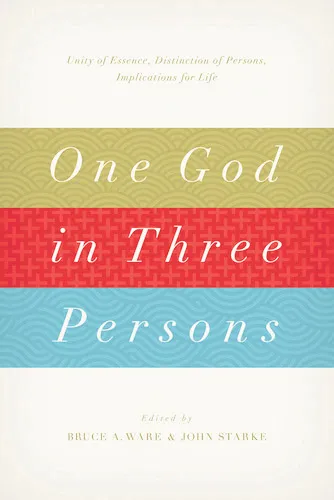ONE GOD IN THREE PERSONS
Unity of Essence, Distinction of Persons,
Implications for Life
Edited by Bruce Ware & John Starke
Crossway. 265 pages. £14.99
ISBN 978 1 433 528 422
We live in a time in the West which has become suspicious of all authority. It is generally seen as oppressive and demeaning of others.
This fuels the argument concerning the roles of men and women in the home and in the church. The battle over the legitimacy of authority, in matters such as male headship in the family has now led right back to God, with questions concerning the relationships between the Persons of the Holy Trinity. Pro-feminist, egalitarian theologians have recently tried to argue that any thought of the eternal submission of the Son to the Father inevitably undermines the true deity of the Son and leads towards the error of Arianism.







